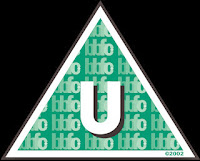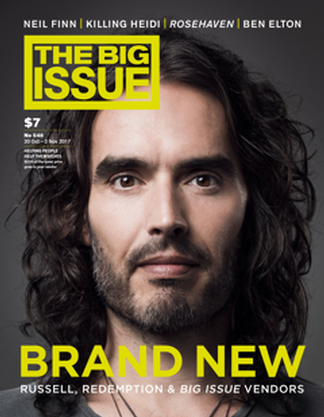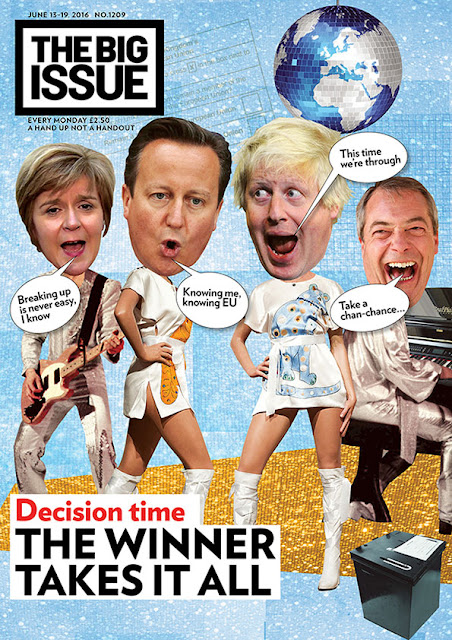THE JUNGLE BOOK (1967)
PRODUCTION & TECHNOLOGY
Released in 1967 by Walt Disney Productions which was produced in the Walt Disney Studio, which helped to keep the costs of production low.
They used traditional cell animation as well as the use of multi-plane to create a 3D affect.
Walt Disney had personal control over all stages of production and distribution.
The storyman was Bill Peet who did the equilivant work of '40 men'
E.g. storyboarding
E.g. writing the screenplay
E.g. recording voices
Cell animation concept (4 layers)
Released in 1967 by Walt Disney Productions which was produced in the Walt Disney Studio, which helped to keep the costs of production low.
They used traditional cell animation as well as the use of multi-plane to create a 3D affect.
Walt Disney had personal control over all stages of production and distribution.
The storyman was Bill Peet who did the equilivant work of '40 men'
E.g. storyboarding
E.g. writing the screenplay
E.g. recording voices
Cell animation concept (4 layers)
- animation cell e.g. mouths
- hold cell e.g. character 2
- hold cell e.g. character 1
- background layer
The Jungle Book was the final film Walt personally worked on before his death.
The original book version by Rudyard Kipling was deemed 'too dark' for family audiences to enjoy.
Walt made further changes to Kipling's version, such as he feared the tiger would be deemed as a clique, as well as he felt the audience wouldn't identify with the boy, Mowgli. This was due to racial views of the era as he was not a traditional white American.
Many of the original characters and situations were cut out of the original plot (trimmed down for simplicity).
The characters were based on the voices cast which is the other way around to the usual methods used in film production.
The director was Wolfgang Reitherman.
The production incorporated the personalities of the actors into the voices of the on-screen characters.
Changes were made throughout production, e.g. the bear became a co-star which wasn't originally intended.
All songs were written by the Sherman Brothers.
Animators were in charge of a sequence rather than individual character which is the usual process of production.
The wolf cubs were based on movements from the dalmatians in the Disney film 101 Dalmatians.
Backgrounds were hand-drawn, though the waterfall was based on the Angel Falls in Venezuela.
The ending of the film was not initially planned, though Walt made the final decision of using the girl to encourage Mowgli back to the man village.
It was created on transparent cells, patented by Earl Hurd in 1914, as well as using multilane cameras.
Xerography (photocopying) - onto a light sensitive aluminium plate then transferred onto cells.
Animators had to draw thick lines so the copier could pick them up creating an authentic Disney feel.
Cell animation became expensive and time consuming so soon stopped being used after the Jungle Book was produced.
OWNERSHIP, DISTRIBUTION & MARKETING
Production process -
The Jungle Book was never intended to be a box office smash - 'If the picture was a flop but Walt was happy then we were happy'.
The budget was $4 million but the film made $141 million gross in the US and $205 million worldwide. It was also Germany's highest grossing film, which due to its American production and English speaking nature this was very impressive. (29th highest grossing in the US of all time).
Walt Disney Home Entertainment released on VHS in 1991 & on DVD in 2007.
It was re-released multiple times on DVD & BluRay e.g. different packaging.
Occasionally Disney films are vaulted which is where they are not available for purchase which helps to push up the demand for the product. E.g. the Diamond edition was vaulted in 2017
The original vinyl soundtrack was the first record to achieve the GOLD STATUS from an animated film.
The soundtrack was also released on digital downloads
e.g. iTunes
e.g. Amazon
e.g. Google Play
A live-action version was released in 1994 & animated squeal in (Jungle Book 2) in 2003.
REGULATION
The main regulatory issues relating to Jungle Book are Copyright and Classification or Certification.
Why would Walt Disney have been lobbying for the 'Mickey Mouse Act'?
MAINTAINING AUDIENCES
Disney was very aware of how to maintain audiences nationally and globally, for instance Walt persuaded other companies to tie in with their film releases.
Walt Disney was know for his renewed interest in his products, such as re-releases on DVD. Further cross-productions which Disney were involved with include:



E.g.

E.g.

The production incorporated the personalities of the actors into the voices of the on-screen characters.
Changes were made throughout production, e.g. the bear became a co-star which wasn't originally intended.
All songs were written by the Sherman Brothers.
Animators were in charge of a sequence rather than individual character which is the usual process of production.
The wolf cubs were based on movements from the dalmatians in the Disney film 101 Dalmatians.
Backgrounds were hand-drawn, though the waterfall was based on the Angel Falls in Venezuela.
The ending of the film was not initially planned, though Walt made the final decision of using the girl to encourage Mowgli back to the man village.
It was created on transparent cells, patented by Earl Hurd in 1914, as well as using multilane cameras.
Xerography (photocopying) - onto a light sensitive aluminium plate then transferred onto cells.
Animators had to draw thick lines so the copier could pick them up creating an authentic Disney feel.
Cell animation became expensive and time consuming so soon stopped being used after the Jungle Book was produced.
OWNERSHIP, DISTRIBUTION & MARKETING
Production process -
- conception (idea generation)
- pre-production (funding, story boarding, script writing, casting)
- production (filming)
- post-production (editing, sound design)
- released (theatrical, DVD, online)
Walt Disney was at the centre of decision making in all stages of production & distribution.
In the 1950's (previous decade) the company diversified
e.g. theme parks
Before Jungle Book Disney was less hands-on though due to the 'flop' of the Sword In The Stone he changed his ways throughout the Jungle Book production.
Walt's politics were conservative, right-wing (Daily Mail)
- there was a link between black jazz music with the orangutan, King Louis - referencing racial stereotypes
- the 2016 version changed this due to the aged audience holding modern opinions
The film was re-released multiple times after the original in 1967 which helped to maximise box office takings -
e.g. 1978
e.g. 1984
e.g. 1990
The Jungle Book was never intended to be a box office smash - 'If the picture was a flop but Walt was happy then we were happy'.
The budget was $4 million but the film made $141 million gross in the US and $205 million worldwide. It was also Germany's highest grossing film, which due to its American production and English speaking nature this was very impressive. (29th highest grossing in the US of all time).
Walt Disney Home Entertainment released on VHS in 1991 & on DVD in 2007.
It was re-released multiple times on DVD & BluRay e.g. different packaging.
Occasionally Disney films are vaulted which is where they are not available for purchase which helps to push up the demand for the product. E.g. the Diamond edition was vaulted in 2017
The original vinyl soundtrack was the first record to achieve the GOLD STATUS from an animated film.
The soundtrack was also released on digital downloads
e.g. iTunes
e.g. Amazon
e.g. Google Play
A live-action version was released in 1994 & animated squeal in (Jungle Book 2) in 2003.
REGULATION
The main regulatory issues relating to Jungle Book are Copyright and Classification or Certification.
Why would Walt Disney have been lobbying for the 'Mickey Mouse Act'?
- by January 2019 every book, film and song published in 1923 will fall out off copyright protection, something that hasn't happened in 40 years
- Congress has to change copyright law to prevent it, which has been done two previous times
- Disney would have encouraged this as if their products weren't copyrighted then original ideas may be taken by other companies who will then make money from this
Copyright is an automatic right and arises whenever an individual or company creates a work. To qualify, a work should be regarded as original, and exhibit a degree of labour, skill or judgement.
Copyright lasts for 70 years from the end of the calendar year in which the last remaining author of the work dies (films).
Certification of The Jungle Book 1967 -
MAINTAINING AUDIENCES
Disney was very aware of how to maintain audiences nationally and globally, for instance Walt persuaded other companies to tie in with their film releases.
Walt Disney was know for his renewed interest in his products, such as re-releases on DVD. Further cross-productions which Disney were involved with include:
E.g.

E.g.

E.g.

E.g.
E.g.



Comments
Post a Comment